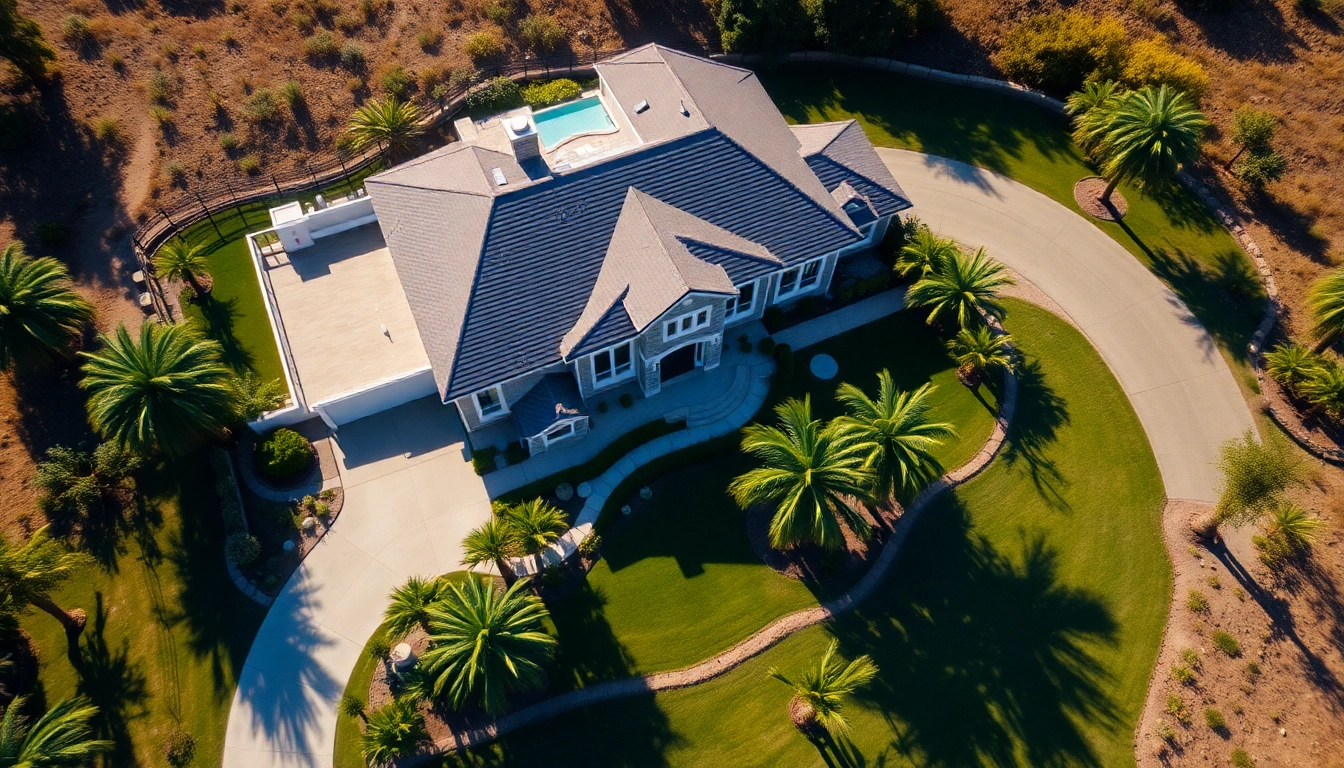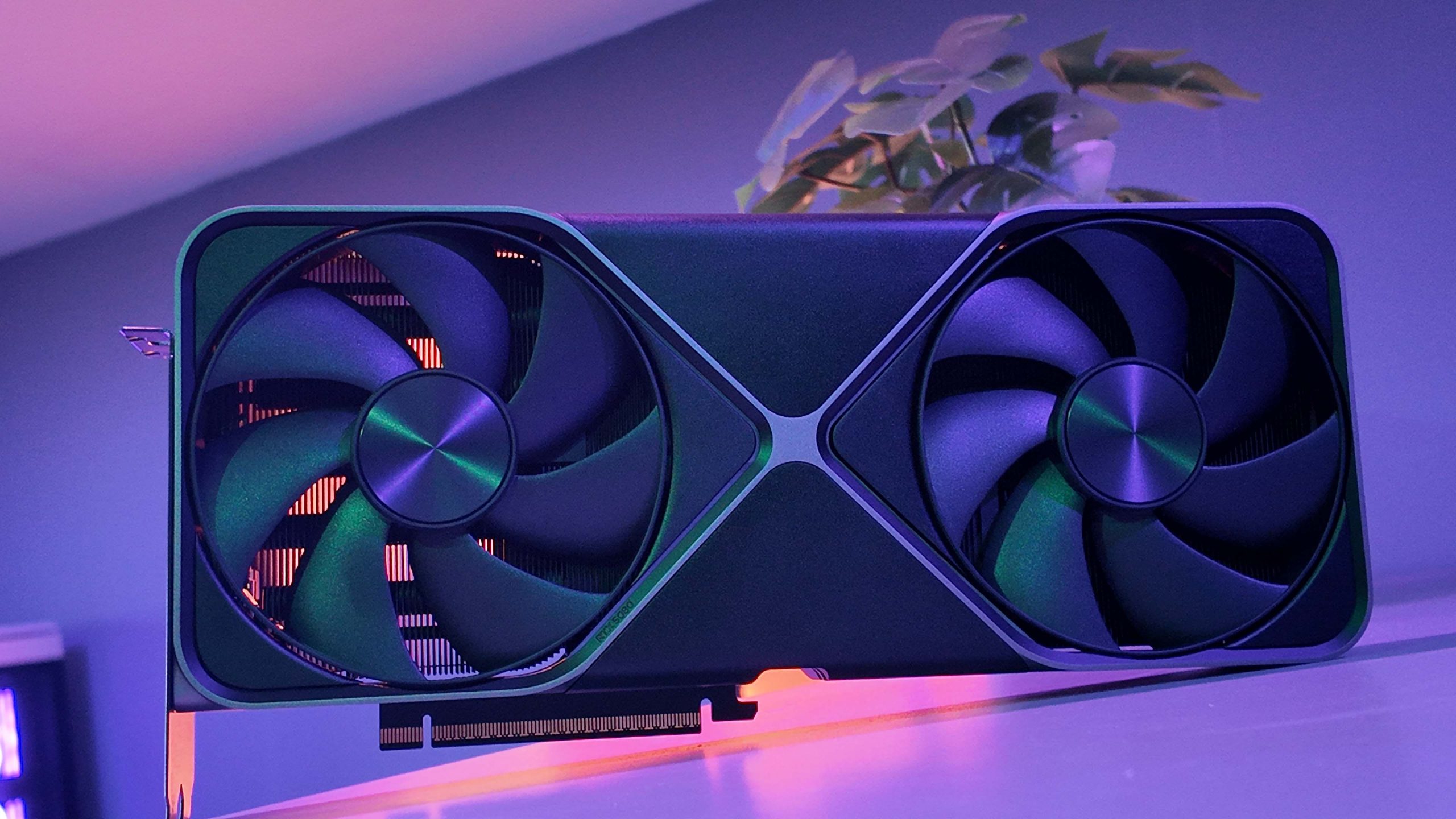
Introduction to Drone Photography for Real Estate Agents
In the competitive world of real estate, agents are constantly searching for innovative ways to market properties and attract potential buyers. One of the most effective methods has emerged as drone photography, where stunning aerial imagery elevates property listings to new heights. As this modern tool gains traction, understanding its significance becomes essential for real estate agents. This article explores the various aspects of drone photography tailored specifically for real estate agents, including its benefits, essential techniques, legal considerations, and its powerful role in marketing strategies.
The importance of drone photography for real estate agents lies not just in creating visually stunning images, but in effectively showcasing properties from unique perspectives that are unattainable through traditional photography methods. Throughout this piece, we’ll delve into how aerial imaging reshapes the real estate landscape and captures buyers’ imaginations.
The Importance of Aerial Imaging in Real Estate
Aerial imaging provides a bird’s-eye view of properties, allowing agents to highlight features that might go unnoticed from the ground. This perspective can showcase expansive properties, layout intricacies, and nearby amenities, making listings more attractive to potential buyers. In addition, drone images can effectively communicate the neighborhood dynamic, proximity to schools, parks, and other attractions, which can significantly influence a buyer’s decision.
Utilizing aerial photography also demonstrates a seller’s willingness to invest in high-quality marketing; it reflects professionalism and enhances the overall perception of the property. In an era where first impressions are often formed online, stunning visuals can lead to quicker sales and potentially higher offers.
Benefits of Drone Photography for Property Listings
Drone photography offers a myriad of benefits for real estate listings, from enhancing visual appeal to providing critical property insights. Some of the significant advantages include:
- High-Quality Visuals: Drones equipped with advanced cameras can capture high-resolution images and videos that attract buyers’ attention.
- Enhanced Property Understanding: Aerial imagery helps buyers visualize the property layout, surrounding landscape, and nearby amenities.
- Showcasing Large Properties: For larger estates or multifamily units, drones can cover vast areas quickly and effectively.
- Unique Perspectives: Aerial shots provide angles that traditional photography cannot, adding depth to the marketing narrative.
- Time-Efficient: Drones can capture multiple angles in a short amount of time, speeding up the process of obtaining and creating stunning visuals.
Understanding the Basics of Drone Usage
Before diving into drone photography, agents must understand the foundational elements of drone operation. Knowledge of how to fly a drone, operate its camera settings, and understand the software involved in post-processing is crucial. Additionally, choosing the right equipment is key to achieving professional results.
A typical drone setup for real estate photography includes a drone equipped with a high-quality camera, extra batteries, a remote controller, and possibly a smartphone or tablet for live video feed. Familiarizing oneself with these tools ensures that real estate agents maximize their investment in drone technology.
Essential Techniques for Captivating Aerial Shots
Choosing the Right Equipment for Real Estate Photography
Selecting the right drone is critical to achieving high-quality aerial photography. When purchasing a drone for real estate purposes, consider factors such as image quality, battery life, range, and flight stability. Drones like the DJI Mavic series and the Phantom series are popular choices among real estate professionals because of their reliability and camera quality.
For real estate photography, look for drones that can shoot in 4K resolution, as higher-quality images significantly enhance listings. Additionally, ensure that the drone has features like GPS stabilization, which can help maintain smooth flight paths and stable images, even in windy conditions.
Camera Settings and Techniques for Stunning Results
Once the proper equipment is in hand, understanding camera settings can transform your shots. Important settings include:
- Shutter Speed: A faster shutter speed helps to freeze action and reduce motion blur, essential for capturing sharp images.
- Aperture: A wider aperture can create a pleasing bokeh effect, while a smaller aperture ensures more of the scene is in focus, vital for expansive shots.
- ISO: Maintaining a low ISO reduces noise in photos, improving overall image quality.
- White Balance: Adjust your white balance for the time of day to ensure colors are true to life.
In addition to settings, consider the composition of your shots. Use leading lines, rule of thirds, and symmetry to create visually appealing photographs that draw the viewer’s eye.
Understanding Light and Its Impact on Photography
Light is one of the most critical elements in photography, especially in drone imagery. The golden hours, just after sunrise and before sunset, offer the best lighting conditions for stunning shots. During these times, the soft, warm light creates a dynamic contrast with shadows, enhancing the textures and features of the property.
Be mindful of your angles in relation to the sun’s position to avoid harsh shadows or glare. Also, cloud coverage can provide natural diffusers that soften the light, allowing for more flattering images. Experimenting with different times of day and weather conditions can yield surprising results and help develop a distinctive style.
Showcasing Properties Like a Pro
Creating Compelling Visual Stories with Drone Footage
Merely taking photos from above is not enough; successful drone photography involves creating narratives that engage potential buyers. This can be achieved through a mix of both still images and dynamic video footage. Consider these strategies:
- Begin with an Establishing Shot: Start with a wide shot of the property and its surroundings to provide context.
- Follow a Path: Create a visual journey by moving the drone systematically through the property, showcasing different angles from both high and low perspectives.
- Add Movement: Incorporate gentle panning or tilting movements to create a more dynamic viewing experience.
Using a combination of photos and videos can help illustrate the property’s features more effectively, making it more attractive to potential buyers.
Optimizing Drone Shots for Buyer Engagement
Once you’ve captured captivating image and video content, optimizing it for engagement on various platforms is key. High-quality images should be appropriately resized and edited to meet the requirements of listing services, websites, and social media platforms. Here are some optimization tips:
- Image Compression: Use tools to compress images without sacrificing quality, ensuring faster load times on websites.
- File Naming: Descriptive file names and alt text improve SEO and provide context for search engines.
- Video Editing: Edit videos to highlight the best aspects of the property while maintaining a pace that holds viewer attention.
These practices will help ensure that the imagery not only looks appealing but also performs well in search engine rankings.
Incorporating Drone Photography in Captions and Descriptions
The synergy of beautiful imagery and compelling property descriptions can significantly enhance buyer interest. When creating captions and descriptions, consider the following:
- Highlight Unique Features: Include details about the property’s unique characteristics that are visible from the aerial shots.
- Engage Emotionally: Use descriptive language that paints a picture of the lifestyle the property offers.
- Call to Action: Encourage potential buyers to take the next step, whether it be to contact for a private showing or to explore additional listings.
Using drone photography effectively in descriptions not only enhances the property’s appeal but also improves engagement metrics across online listings.
Legal and Safety Considerations in Drone Photography
Navigating FAA Regulations for Commercial Drone Use
As engaging as drone photography can be, it comes with legal responsibilities. The Federal Aviation Administration (FAA) establishes regulations for drone use, especially for commercial purposes. Real estate agents leveraging drone photography must obtain appropriate certifications (such as the FAA’s Part 107 license) to ensure compliance with regulations.
Additionally, agents must stay updated on flight restrictions, no-fly zones, and airspace classifications. Regularly checking resources such as the FAA’s website will help agents maintain compliance and avoid penalties.
Best Practices for Safe Drone Operation
Safety is paramount when operating drones, not only for successful delivery of marketing content but also for the safety of the public. Here are best practices to consider:
- Conduct Pre-Flight Checks: Ensure all equipment is functioning correctly before taking to the skies.
- Avoid Crowded Areas: Steer clear of populated spaces to minimize risk.
- Maintain Line of Sight: Always keep the drone within your visual line of sight while flying.
- Monitor Weather Conditions: Be vigilant about weather changes that could affect flight safety.
Establishing a culture of safety can protect not only the aircraft but also the public and can enhance client trust and satisfaction.
Secure Permissions and Client Consents
Before conducting drone photography on a property, obtaining the necessary permissions is crucial. This often includes written consent from property owners, especially in cases where images may include neighboring properties or public spaces. A standard drone photography agreement should outline the terms of use and share potential outcomes of the photography.
Transparent communication with clients about the process and purpose of drone usage ensures mutual understanding and compliance, ultimately fostering strong professional relationships.
Maximizing the Impact of Drone Photography in Your Marketing
Integrating Drone Footage in Your Online Listings
The integration of captivating aerial photography in online listings can dramatically enhance interest and engagement. Begin by embedding high-quality images and videos of drone footage directly into the listings on MLS (Multiple Listing Service) platforms. Presenting a robust visual portfolio encourages potential buyers to explore further and creates a more immersive experience.
Utilizing virtual tours that incorporate drone footage allows for a richer engagement with listings, providing buyers a comprehensive feel for the property before even stepping foot inside.
Utilizing Social Media for Broader Reach
Social media platforms present a golden opportunity for real estate agents to showcase drone footage to a wider audience. Sharing visually appealing content on platforms like Instagram, Facebook, and YouTube can help agents connect with prospective buyers in innovative ways. Here are strategies for utilizing social media effectively:
- Regular Posting: Consistency is key; maintain a regular posting schedule that features drone footage as a core component.
- Engagement: Encourage users to comment, share, and react to drone footage to increase visibility and traffic.
- Advertising: Consider boosted posts and targeted ads featuring high-quality drone imagery to reach specific demographics.
Engaging content is more likely to be shared, increasing outreach and establishing a real estate agent’s reputation as a forward-thinking professional.
Measuring the Effectiveness of Aerial Photography in Sales
To maximize the return on investment in drone photography, it’s essential to measure its impact on property sales. Agents can track these metrics by analyzing digital analytics, such as website traffic to listings with drone imagery versus those without, along with engagement rates on social media platforms.
Consulting with clients on their feedback regarding the visual content can also provide valuable insights on the effectiveness of aerial photography in conveying property value. Furthermore, conducting post-sale analyses of listing durations, offer rates, and overall sales success can help agents refine their strategies for the future.
Conclusion
Drone photography is revolutionizing the real estate industry, allowing agents to present their listings in captivating and memorable ways. By harnessing the distinctive advantages of aerial imaging, agents can not only enhance the appeal of properties but also distinguish themselves in a competitive market. From mastering the technical aspects of drone operation to effectively utilizing imagery in marketing strategies, this guide serves as a comprehensive resource for real estate agents looking to elevate their game with drone photography. As technology continues to advance, those who adapt and innovate will undoubtedly lead the charge in shaping the future of real estate marketing.







